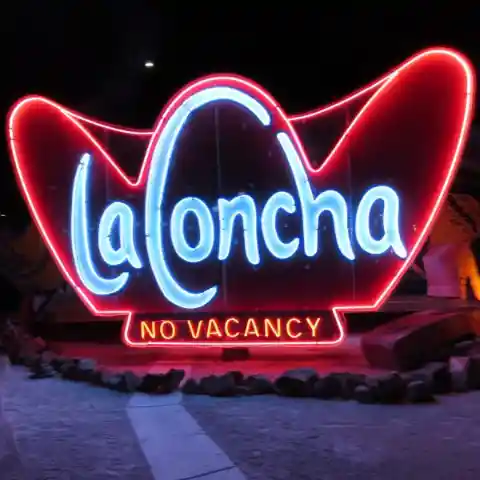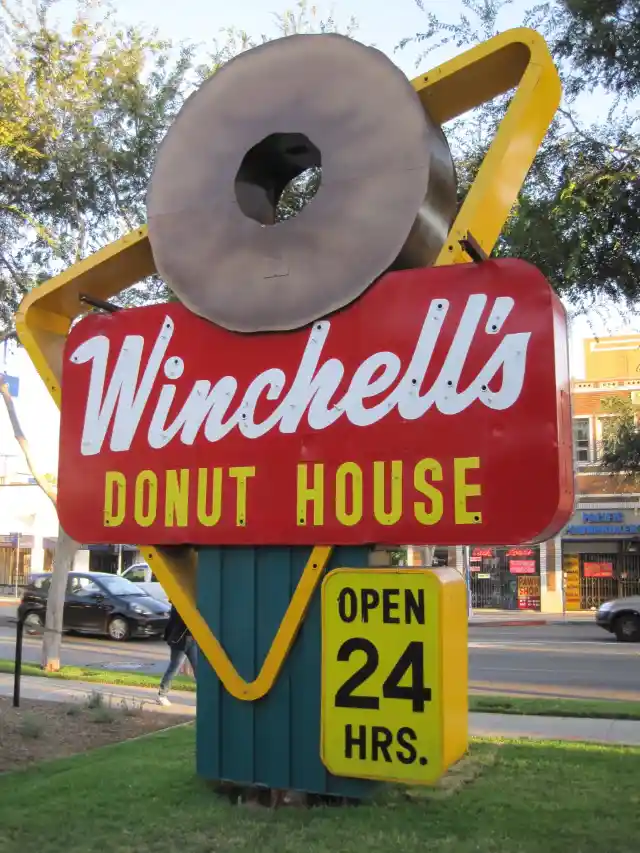Are neon signs meaningless commercials or undervalued art? The purveyors of the Museum of Neon Art (MONA) certainly believe in the latter. The MONA was founded in 1981 by neon sculpture artist Lili Lakich and Richard Jenkins. At the start of the 20th century, life was increasingly mechanized and more people were moving to cities. When electricity was added to urban grid, it lit up urban landscapes with a dazzling array of colors and lights, adding even more vitality to urban spaces. The neon sign movement reached its apex between 1930 to just after World War II.


Lakich, who was born in 1944, recalls early road trips with her family during the 1940s and early 1950s, where the neon signs spurred her young imagination. “[I]t was driving at night that I loved best,” she said. “It was then that the darkness would come alive with brightly colored images of cowboys twirling lassos atop rearing palominos, sinuous Indians shooting bows and arrows, or huge trucks in the sky with their wheels of light spinning.”
The Brown Derby
The legendary Brown Derby opened on Valentine’s Day, 1929, and quickly became the place to see and be seen in Hollywood.


This giant neon sign was created in the 1930s and sat atop the restaurant’s scaffold.
Neon Diver at Virginia Court Motel
The neon diver from the Virginia Court Motel graces the MONA’s rooftop.


There has been renewed interest in neon signs, likely due to the bland LED and electronic billboards that have replaced these handmade gems.
Holiday Bowl
The Holiday Bowl sign was originally part of the famous bowling alley, which was founded by Japanese Americans in 1958.


The Holiday Bowl served whites, African Americans and Asians, serving up hamburgers, chow mien and grits.
Pep Boys
This Pep Boys sign, featuring Manny, Mo and Jack was made in the 1970s.


Although that was not the best era for neon signs, due to mass production of signage, this representation of the three men became iconic.
Winchell’s Donuts
The Winchell’s Donuts sign brings Route 66 to life.


It was displayed above Foothill’s Winchell’s Donut House in Upland, California until 2004 when the store closed. The enormous sign is 15’x12’ x 1.
Hofbrau Animated Bartender
The Hofrbrau animated sign from Oakland is the most complex animated sign on display.


The bartender pulls a tap, fills a beer glass and serves it up by turning his head and giving you a smile. This double-sided sign is one of the MONA’s most popular acquisitions.
Chris’ n Pitts and Bar-B-Q
Chris’ n Pitts and Bar-B-Q has flickering bulbs and was saved from restaurant #8, formerly located in the San Fernando Valley.


The sign’s flashing pole resides at the American Sign Museum in Cincinnati.